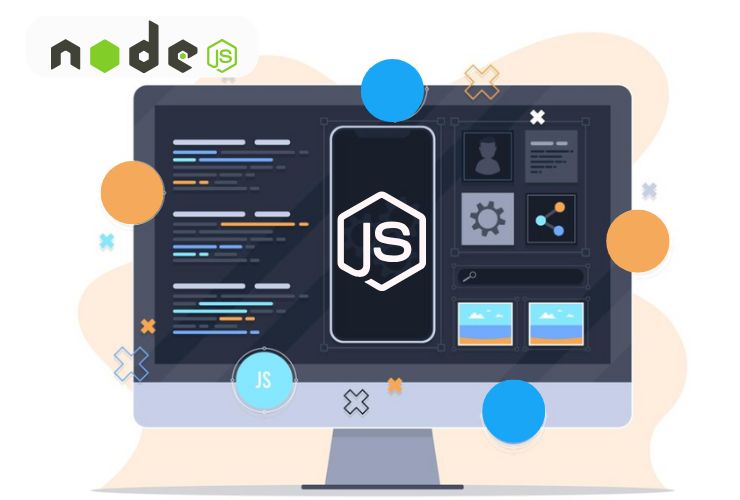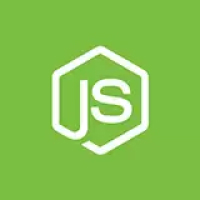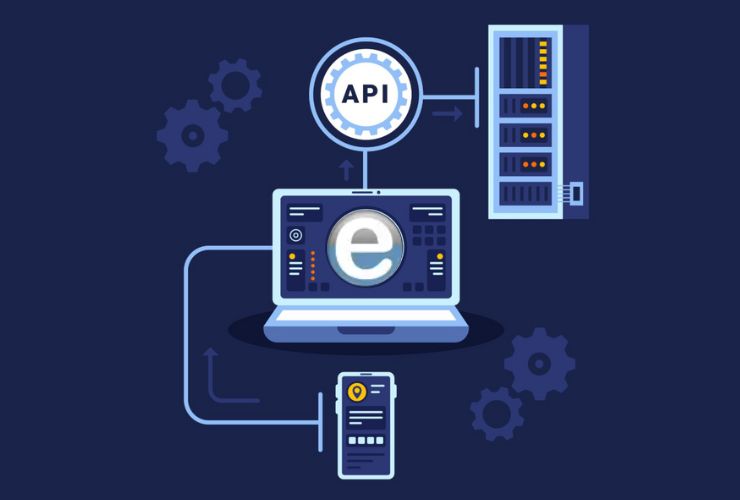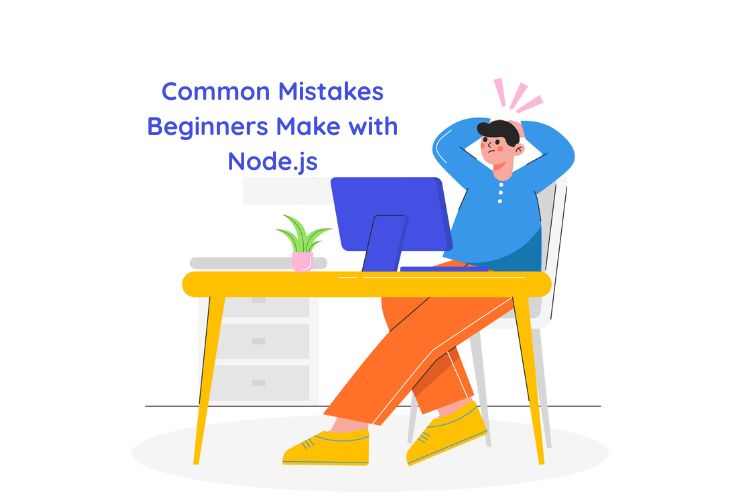Node.js is now among the most sought-after environments to develop high-scale and high-performance web applications. With its event-driven and non-blocking I/O model, Node.js is optimal to develop real-time applications, web services, and APIs. While Node.js itself offers the runtime environment, frameworks simplify and accelerate the development of complex applications by giving them needed conventions, libraries, and tools. In this blog, we’ll explore the top 5 Node.js frameworks that can help speed up your development process.
1. Express.js
Express.js is the most widely used Node.js framework. It is minimalist and easy to use, making it perfect for both experienced developers and newcomers. Express has a robust set of features to build web applications and APIs. It supports routing, middleware, and database integration, making it perfect for rapid development.
Why Use Express.js?
Less Setup: Boot up fast with fewer boilerplate codes.
Routing and Middleware: Take advantage of pre-defined routes and middleware for request handling.
Rich Ecosystem: Very large collection of plugins and libraries packaged by npm.
Flexible: Not in-applicable to small, but also not in-applicable to large applications.
Use Cases:
- RESTful API construction
- Single-page and multi-page web applications
- Real-time applications and services
2. Koa.js
Founded on the same foundation as Express by the same individuals, Koa.js is a smaller, expressive, and rigid framework. Leaning on current JavaScript features including async/await, it manages to be incredibly efficient when designing applications that utilize asynchronous operations. Koa is typically considered lightweight and modular compared to Express, giving programmers more control over the application architecture.
Why Use Koa.js?
Async/Await Support: Easier to read and maintain asynchronous code.
Lightweight: Greater control over the middleware and how the app processes requests.
Better Performance: Handles more requests with fewer overheads.
Customizable: You can only add the middleware you need for your app.
Use Cases:
- High-performance applications
- Building RESTful APIs
- Custom web applications where fine-grained control is needed
3. NestJS
NestJS is a framework that combines the versatility of Node.js with the power of TypeScript. It is highly influenced by Angular and is all about developing scalable, testable, and maintainable applications. NestJS leverages the power of decorators, modularity, and dependency injection to deliver an end-to-end solution for backend development as well as microservices architecture.
Why Use NestJS?
TypeScript Support: Native TypeScript support for building strong and bug-free applications.
Modular Architecture: Organize your application in the form of modules for easier maintenance.
Dependency Injection: Makes working with services and components easier.
Microservices Ready: Perfect for building distributed systems or microservices.
Use Cases:
- Enterprise applications at scale
- Real-time applications and WebSockets
- Microservices and event-driven systems
4. Hapi.js
Hapi.js is a feature-rich, high-performance framework for building applications. Its robust plugin system makes Hapi.js very extensible and offers a wide range of features out of the box such as input validation, caching, authentication, and logging. Its features for developer productivity and code readability make it an excellent tool for building APIs and web services.
Why Use Hapi.js?
Configuration-based: All configured, thus easy to extend and maintain.
Plugin System: Reusable, pre-built modules to build complex applications.
Security Features: Intrinsic mechanisms to aid in authentication, authorization, and input validation.
Comprehensive Documentation: Active community and good support.
Use Cases:
- Building secure and high-performance APIs
- Scalable RESTful web services
- Microservices architectures
5. Sails.js
Sails.js is a full-stack web application and API development framework. It is based on Express and follows the Model-View-Controller (MVC) pattern, making it ideal for developers who prefer structured apps. Developers build data-driven apps with Sails, making it a great choice for creating real-time features such as chat applications, dashboards, and multiplayer games.
Why Use Sails.js?
Built on Express: All of Express’s functionality and flexibility are inherited.
Real-time WebSockets: Excellent for building chat applications and other real-time functionality.
Highly Powerful ORM: Built-in Object-Relational Mapping (ORM) to easily connect to databases.
Out-of-the-box Functionality: Authentication, authorization, and sessions are included out of the box.
Use Cases:
- Real-time applications such as chat applications and games
- Developing data-based web applications and APIs
- Projects that require structured MVC structure
Conclusion
Selecting the appropriate framework for your Node.js application can greatly impact your development speed, scalability, and maintainability. All the frameworks listed above have different features and benefits, serving different use cases and project needs.
Express.js is best suited for those who require a lightweight, flexible solution for creating APIs and web applications.
Koa.js provides more control and a newer async/await-based style for creating high-performance applications.
NestJS is best suited for TypeScript developers and those requiring a structured, enterprise-grade solution.
Hapi.js stands out with its security and plugin design.
Sails.js is the best choice to build real-time applications with a structured MVC.
Whichever framework you choose, Node.js provides you with a solid foundation to develop solid, scalable applications. Make sure you evaluate your project needs and select the framework that best meets your goals.














